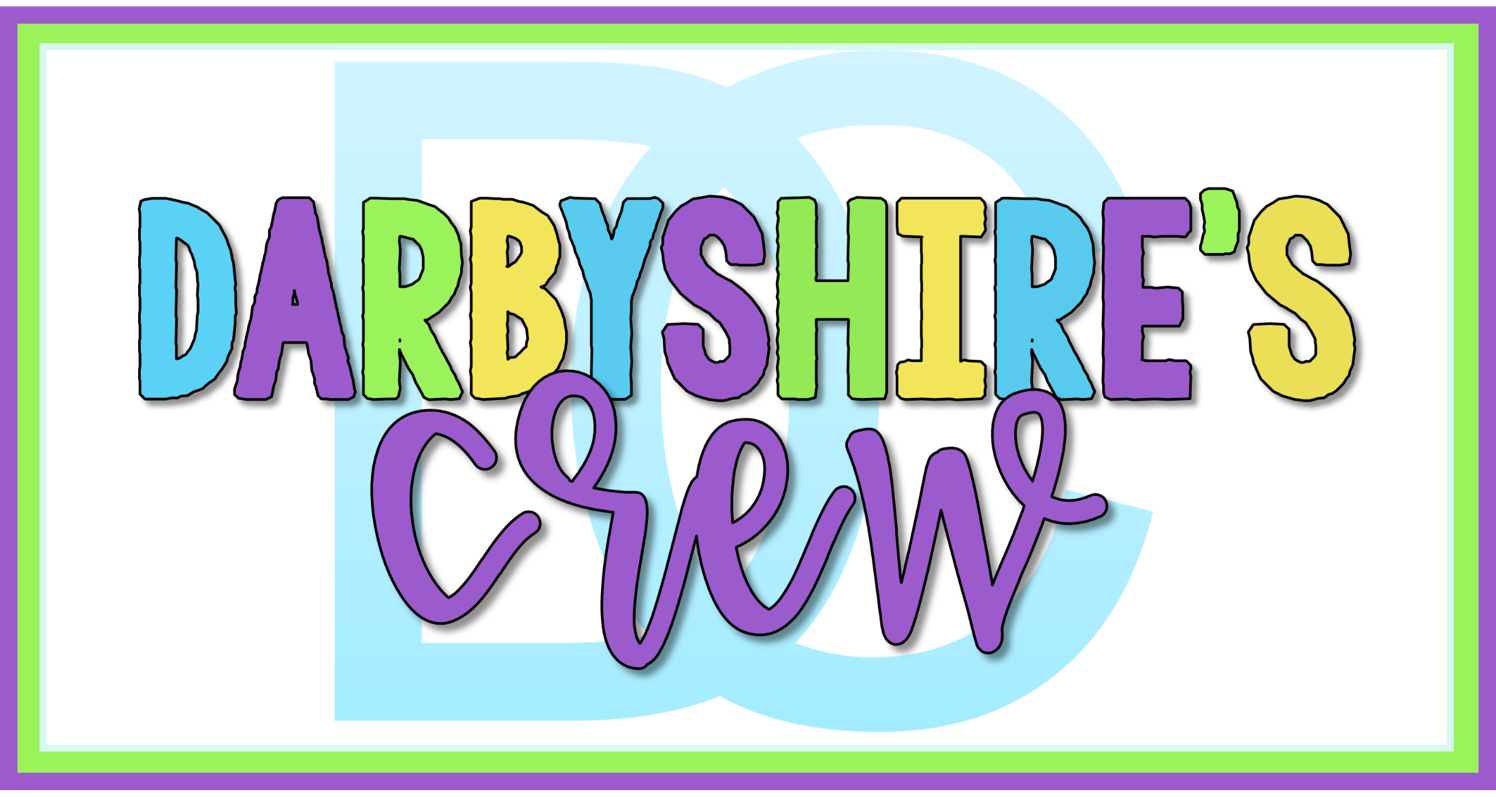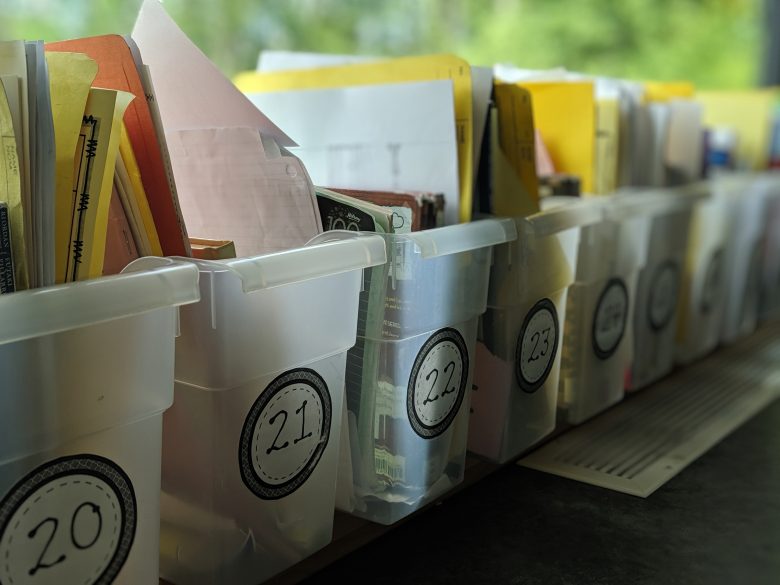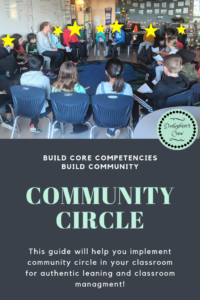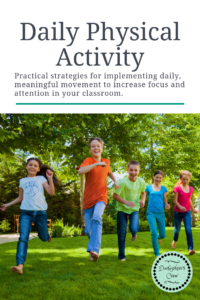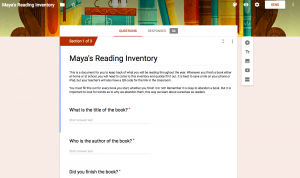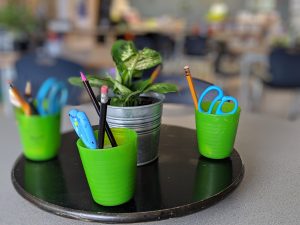Okay, so in reality, I don’t run Daily 5. I run Daily 2! But I aspire to add in a word work component, but it just hasn’t worked out yet…. So yes, in my class we have Daily 2 and it is AMAZING!!!
I remember the summer I discovered Daily 5 and the CAFE books. It was a summer before I had my own kids, and I spent a lot of time on Pinterest and for planning for my upcoming school year. Truth be told, planning is one of my favourite parts of teaching, and when you read a book like Daily 5, then you are bound to get inspired. I had so many plans for how to tweak this book to fit in my Grade 6/7 class.
Why did I love the model so much?
Our classes are continuing to become more and more diverse. There are so many English Language Learners, students with special needs, and everyone at a different reading level. I could never teach a one step program for reading.
The next thing I loved about this program is how the sisters recommend building stamina. I use their strategies and WOW do I get results. Classes that I’ve had that could not focus on anything let alone reading, were able to learn to stay focused and quiet for a full 30 minutes. It was pure genius.
Lastly, I was able to carve time for small group work. I LOVE small group work, especially when you aren’t being interrupted by other students asking questions or misbehaving. Being able to work with kids, especially in language arts has really cut down on my need to spend hours marking too ( but more on how I do this another day). By interacting with kids in a small groups, you get so much more of a sense of what they are able to do, and you are able to help them right there on the spot.
How I start out
I always start the year with stamina building. Students select books for their book bins first off and we go over the rules (just as recommended in the Daily 5 books – yes even with grade 7s). Students select a spot to read. They can read pretty much anywhere in the classroom, but they need to make a responsible choice. And we start. I always time their reading, and when that first student loses focus (they look up, whispers, gets up for a drink of water, etc.) we stop. We go over expectations and try again the next day.

With writing, I do much the same thing. For first term, they usually work on writing whatever they like. We brainstorm a bunch of topics that they could do. Each student has a writing booklet and away they go. Again, as soon as one student loses focus, we stop. And slowly we increase our reading and writing stamina records.
Once both reading and writing staminas are equally about 25-30 minutes, I start introducing choice to the Daily 2 block. But in order to be able to offer the choice, it is important that no matter what kids choose to work on, they are able to focus for the entire 25-30 minutes.
The structure I use for Grade 4-7
I run this program during my afternoons. It is a 2 hour time frame from 1:00-3:00.
1:00-1:15: Whole group mini-lesson with the teacher
1:15-1:20: Transfer to first Daily 2 rotation. (I record what students choose to work on during this time, this way we can keep track of how student in spending their time)
1:20-1:50: Students work independently, teacher works with small groups or individually with students.
1:50 – 2:10: Daily Physical Activity. (read more about this here)
2:10 – 2:40: Second Daily 3 Rotation
2:40 – 3:00: Clean Up and End of Day Stuff
I try me best, when setting up my schedule at the beginning of the year, to keep my afternoons free of any other events (like our scheduled PE time, or Music blocks). That way the afternoon is super structured. Kids come in from running around a lunch and they know EXACTLY what we are doing that afternoon. They have ownership over what they work on, within a weekly schedule.
I find, I am really not organized enough to have more than one mini-lesson a day. I am super impressed with those of you who do though!!! If I get to one every day for a week, I’m usually pretty proud of myself.
At the beginning of each week, I map out how many Daily 2 rotations we have for that week, it could be up to 10, but maybe less depending on holidays, pro-d days, special school events, etc. I then tell students, how many times they need to choose reading and how many times they need to write. And because of stamina, whatever they choose, they have to do for the whole rotation.
Reading Component
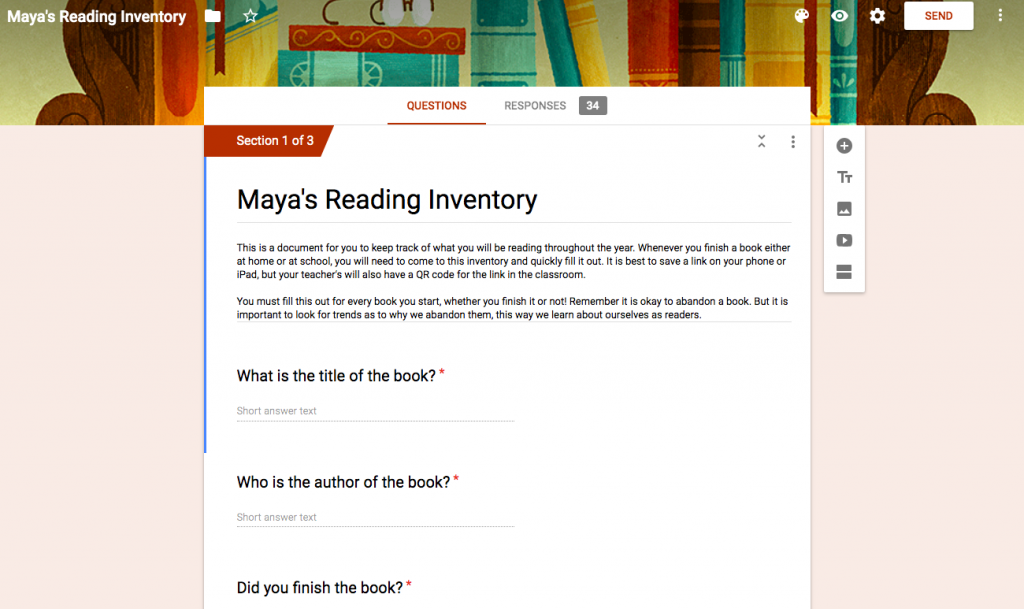 For reading, students for the most part get complete ownership over the books that they read. When I had a bring your own device policy in my classroom, each student had a QR code that linked to their own Google form that they used as a reading log. Otherwise, a traditional reading log is just as easy to manage, and it nice to be able to see a record of the types of books your students are choosing.
For reading, students for the most part get complete ownership over the books that they read. When I had a bring your own device policy in my classroom, each student had a QR code that linked to their own Google form that they used as a reading log. Otherwise, a traditional reading log is just as easy to manage, and it nice to be able to see a record of the types of books your students are choosing.
When it is the time of year I implement literature circles, students also use this time to read those books. But generally, I give them their own choice of what they read. Kids with autonomy are usually more focused then kids without autonomy, right? Because of this focused reading time, I do not have ‘silent reading’ in my classroom, but this is the time of my day were kids do work on their reading stamina.
Writing Component
As with the reading component, I have the same philosophy here. When writing, they can write whatever they like. I find that story writing, though students think they love it, is usually the most challenging. Whereas non-fiction writing, once taught, is a highly popular (especially when you tell your boys they can write a how-to piece on playing their favourite video game or an explanation of why Sidney Crosby is their favourite hockey player).
Usually we will set a writing goal for each student, then I conference with them about their writing and make sure they are meeting their goals. If some students are working on the same goal, we might have a mini-lesson to help them all succeed with their goals. But during their independent writing time, they work on their choice of writing. I do insist we go through with the writing process though at times. Maybe once per term, students must choose one of their writing pieces to publish. Many students have several different writing pieces to choose from, some students have worked on one piece for an entire term (depending on the levels of the students).
I hope that this very short synopsis gives you a clear understanding of how I have adapted Daily 5 to my intermediate classroom. This structure works amazingly for me and gives each student choice and autonomy. It creates a structured afternoon, where everyone knows the expectations and I know coming back from lunch that my afternoon will be peaceful. What teacher doesn’t want that?
♥ Cassandra
PS. Here are some other daily routines I run in my classroom!
